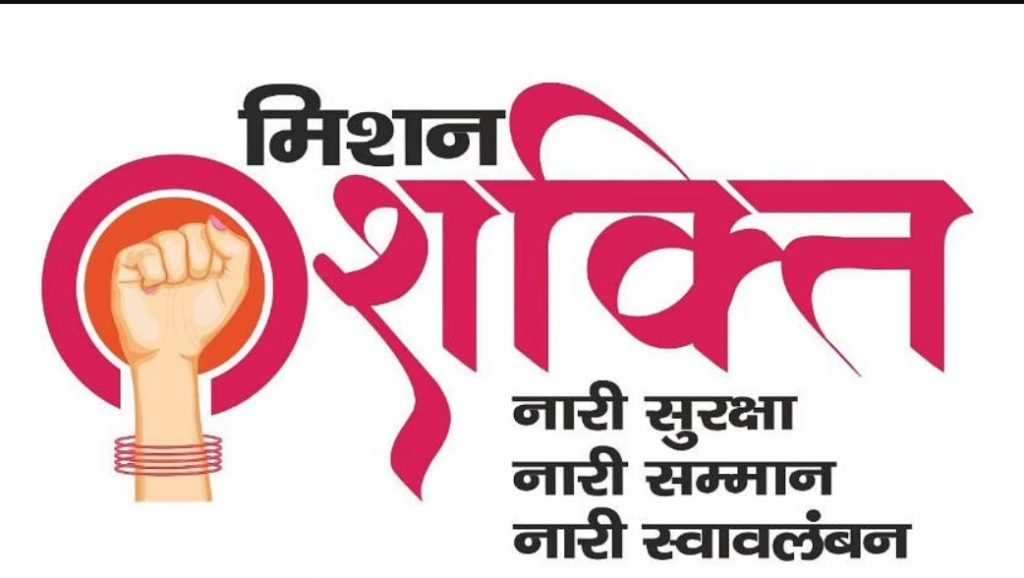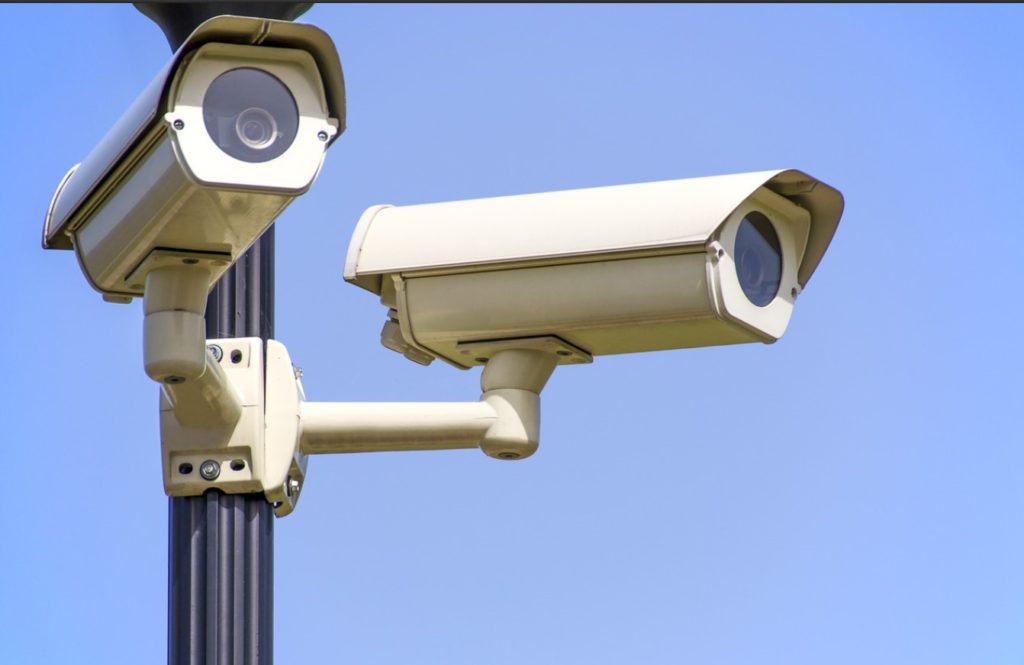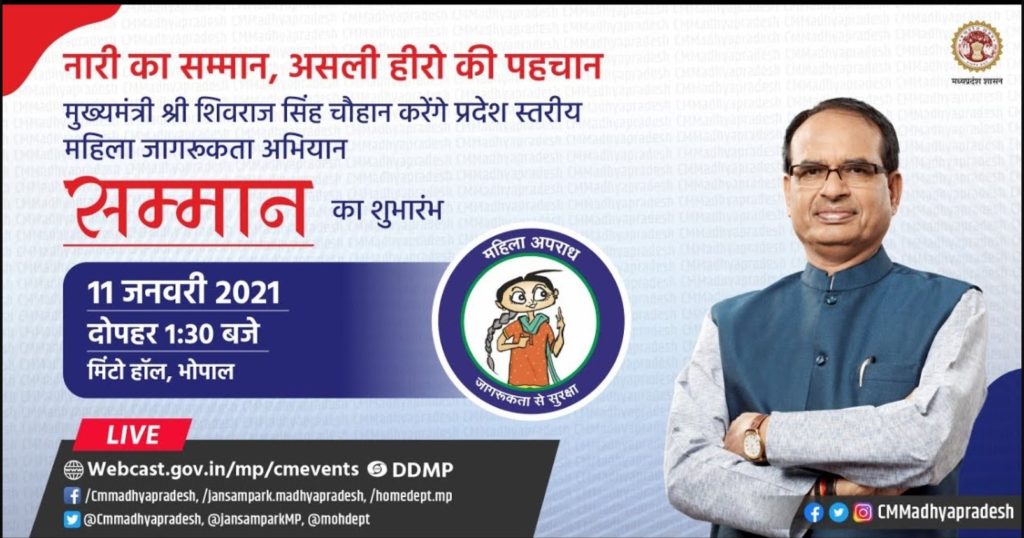
Surveillance is omnipresent in the modern society. It is done by the state, the big corporations, and lastly by us through our interpersonal ways of looking into each other’s life via social media. We are continuously being watched. Many people believe that the fear of an ‘all-seeing eye’ from George Orwell’s dystopian novel 1984 has finally come knocking at our doors. Surveillance is not just about the invasion of privacy, but also plays a role in what David Lyon calls ‘social sorting.’ It is where very radical forms of identification target particular parts of the populations. This identification and surveillance is often gendered, casteist, and communal in nature.

Surveillance of women is not a modern phenomenon. They have been morally policed, slut-shamed, their agency taken away, and had their freedom to go out curtailed in the name of safety and security. American Feminist Scholar Sandra Bartky mentions that surveillance is a gendered act of power that is aimed at controlling women’s bodies foremost. In one such attempt of ‘protecting’ women, the U.P. Police had launched a program in October 2020 called ‘Mission Shakti’ wherein they would identify 200 hotspots in Lucknow where most crimes against women take place and install five CCTV cameras with Artificial Intelligence. These cameras would be able to identify signs of distress or panic on a woman’s face and alert the police that she might need help even before she dials the emergency number.

One of the problems with this initiative is that when the police mark certain places as ‘hotspots’ or ‘unsafe areas’ and limiting their duties to that, they are actually ignoring the systematic oppression and reasons of abuse sexual or otherwise which women face.A lot of women, social activists, political organizations, and people, in general, have raised concerns about privacy and state intrusion; and this initiative has been receiving a lot of backlashes. In my opinion, this move is not just about privacy, it is about stripping women of their choice of wanting to complain about the harassment. Moves or initiatives like these treat women merely as passive subjects with no agency or voice. They simply become bodies or rather commodities that are to be protected. It also is really strange how the Police decided to protect the bodies of women and instead of keeping an eye on the potential perpetrators, they decided to police and surveillance women only. This way the government uses a woman’s susceptibility to sexual violence to control them to forward their own agenda.

Taking away the autonomy of women is something that the Yogi Adityanath government is guilty of doing time and again. Their narrative of ‘Love Jihad’ is one such example. This narrative is not just about taking away a woman’s right to marry whom so ever she wants but it also questions a woman’s intelligence and capability of making the choice of marrying the man she wants to. It traps them into patriarchal and sometimes abusive homes. She then has to depend on the men in her family to make these decisions.

Let us now see the technicalities of this initiative and try to find how efficient these AI-equipped Surveillance cameras really are. The Internet Freedom Foundation (IFF) which is an organization aimed at advocating for digital rights and liberties has said that this facial expression recognition technology is not always correct. This “facial recognition, being inaccurate, will lead to false positives, harassment by police, and over-policing where emotion-tracking is deployed. They were also concerned about the data storage guidelines and mechanisms the government will be going for, and who will have the right to access it. Besides this, they have also raised questions on the bandwidth of the police personnel and the rationale behind picking particular surveillance spots. The IFF has also said that such a technology does not seek a woman’s consent while running constant surveillance. Women will actually have to walk on the streets censoring their facial expressions.

Another bewildering step was taken by the Madhya Pradesh government wherein in an event called ‘Samman’ which was taking place for creating awareness about crimes against women, Chief Minister Shivraj Singh Chauhan suggested a way that every woman who is going out of her home will be needed to get herself registered with her local police station so that the police can track her movements for her safety.

According to the NCRB (National Crime Records Bureau) data of 2019, more than 90% of the cases of rapes reported in 2018 were committed by offenders who were known to the woman. Friends, relatives, family members, acquaintances were amongst the chief perpetrators. So, it’s not like women are safe at their homes in the first place. So, tracking their movements outside their home is not the only way to ensure their safety. These powerful men need to understand what impact their words and actions can have. The old and out-dated patriarchal notions of ‘keeping a check’ and protecting women gets validation and legalization through these initiatives. Women are not passive citizens or mere objects who need to be protected or hidden from the world. They are equal, active, intelligent, and thinking beings with their own unique set of opinions, aspirations, and dreams. It is not just their bodies that need protection but also their sense of self. If we want to protect women against crimes, it is more logical to put the people with histories of being repeated sexual offenders under the radar and not women.

